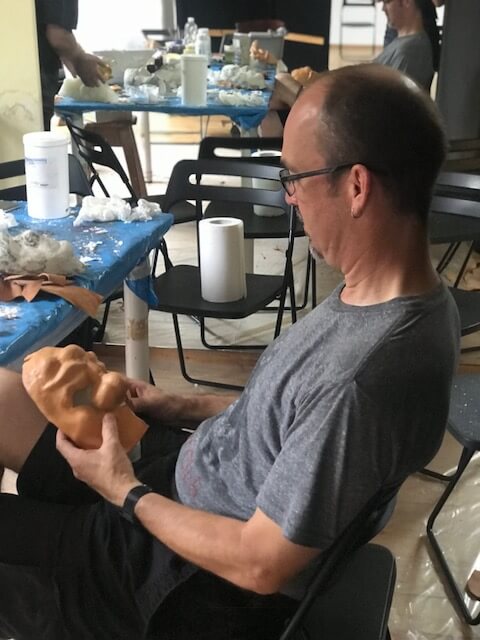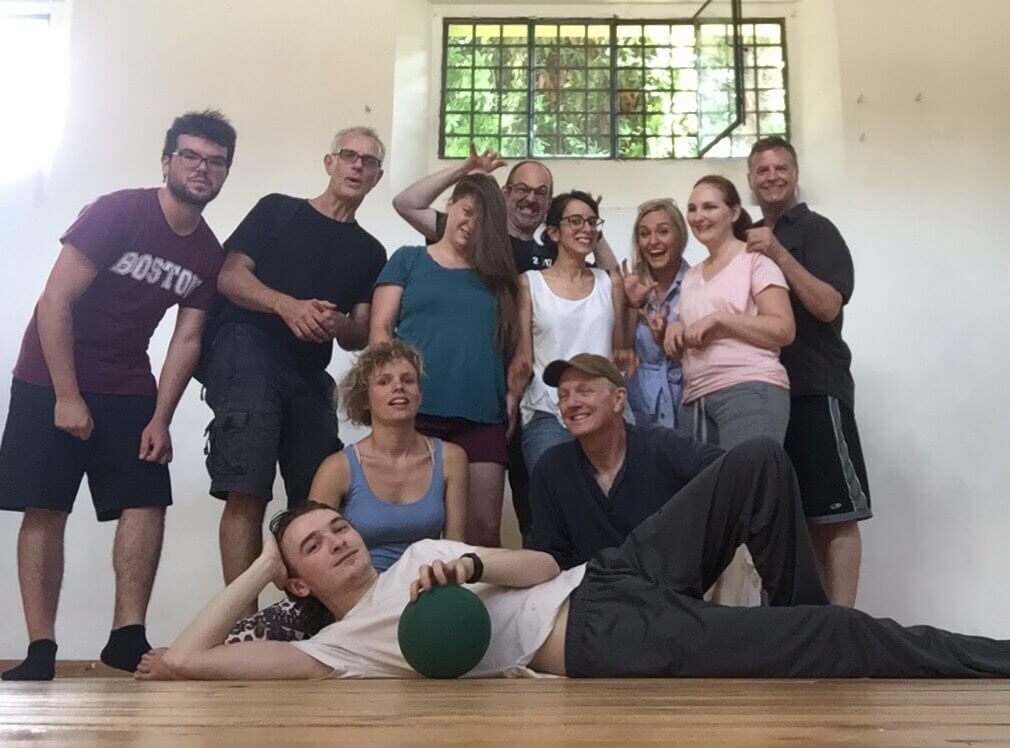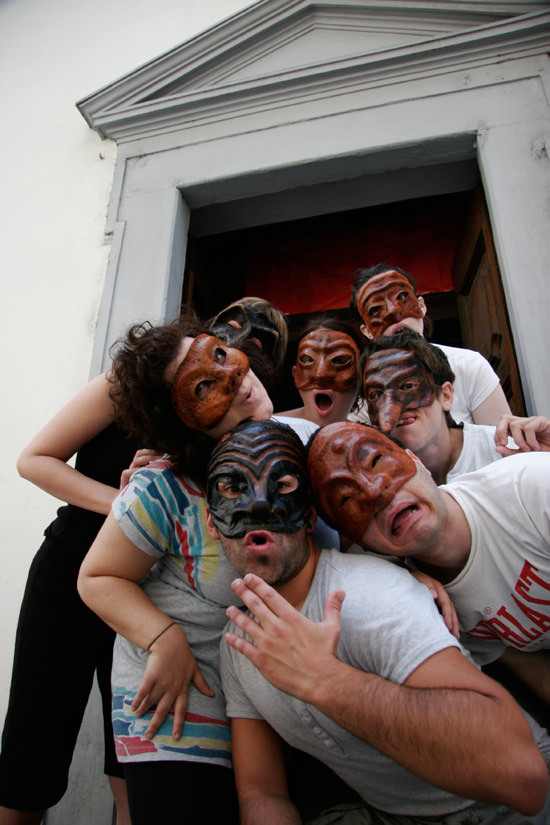Celebrating Commedia dell’Arte and Commedia dell’Arte Day
Commedia dell’Arte Day
Commedia dell’Arte Day is celebrated on February 25th each year. The Commedia dell’Arte Day is promoted by the Italian Cultural Association SAT. All over the world on February 25th there will be performances, concerts, workshops and lectures as people join together to celebrate Commedia dell’Arte and its origins.
For those of you unfamiliar with Commedia dell’Arte, here is a brief explanation into this interesting type of theatre.
The Beginnings of Commedia dell’Arte
Commedia is an improvised type of popular comedy that was born in Italy in the 16th–18th centuries and is based on stock characters. Actors adapted their comic dialogue and action according to a few basic plots (love, jealousy, money) and to issues at that time (most are still relatable).
Many Commedia actors traveled in troupes throughout Italy in the 16th century. They performed on temporary stages, mostly in city streets, but occasionally even in court venues. The better troupes—notably Gelosi, Confidenti, and Fedeli—performed in palaces and became internationally-known. Music, dance, and witty dialogue, contributed to the comic effects. It spread throughout Europe, with many of its elements leading into present-day theater.
Performances
Performances were based on a scenario which was a basic plot, often a familiar story, upon which the actors improvised their dialogue. Therefore actors were at liberty to tailor the performance to their audience, allowing for sly commentary on current politics and bawdy humor that would otherwise be censored. Sometimes using sexually challenging language and physical comedy, Commedia poked fun at elements of society’s respectable values by means of exaggerated styles and insightful character traits.
Though humor and jokes were the main part, Commedia dell’Arte was a very disciplined art which required both virtuosity and a strong sense of team playing. The unique talent of Commedia actors was to improvise comedy around a pre–established scenario. Playing off each other, or the audience, the actors made use of the lazzi (special rehearsed routines that could be inserted into the plays at convenient points to heighten the comedy), musical numbers, and impromptu dialogue to vary what happened on stage.
Sets and Props
There were no elaborate sets in Commedia. The stage was simple, rarely anything more than one market or street scene. Instead, they made great use of props including animals, food, furniture, and weapons. The character Arlecchino bore two sticks tied together, which made a great noise on impact. This gave birth to the word “slapstick.”
Masks
The use of masks was important in the development of this type of theatre. Masks required the actors to “act” in other ways through their body expressions. They combined acrobatics, dance and stage combat into their acts.
Actors
Commedia dell’Arte actors represented fixed social types seen in Italian culture. For example, there were foolish old men, devious servants, and egotistic military officers. Each stock character of Commedia evolved a distinct set of attributes—characteristic speech, gestures, props, and costume—that became standard to the portrayal of the character and still remains today.
The Audience
Performances were accessible to all social classes. Language was no barrier because of their skillful mime, stereotyped stock characters, traditional lazzi’s (signature stunts, gags and pranks), masks, broad physical gestures, improvised dialogue and clowning they became widely accepted wherever they traveled.
The style and formula of Commedia dell’Arte survives to this day by continuing the tradition as an artistic institution where gifted actors create some of the most memorable, historic physical characters the theatre has ever seen. It is from the Commedia world where such characters as Arlechinno (Harlequin), Columbina, Pulcinella (Punch), The Doctor, The Captain and Pantalone emerged to reign in theatre for centuries.
Go Inspired offers a 3-week Commedia dell’Arte workshop in Florence, Italy each summer. The course is taught by 2 professional Commedia dell’Arte actors.
The course in 2014 begins June 30-July 18. It is Monday-Friday, 4 hours a day with weekends free to explore Tuscany. The cost is 2225 Euros with housing included.
Information for this article was taken from the following sites:
http://italian.about.com/library/weekly/aa110800a.htm
http://www.metmuseum.org/toah/hd/comm/hd_comm.htm
http://shane-arts.com/commedia-history.htm
http://www.commedia-dell-arte.com/commediainfo.htm




